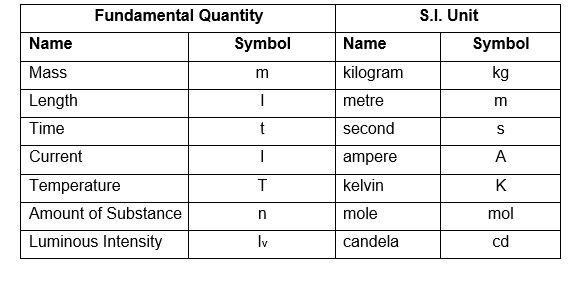The lower the temperature, the lower the pressure inside of the sphere. If the exact values were plotted out, a linear relationship would be apparent. Extrapolating this line to the point where there would be no pressure yields absolute zero, which is about -273.15 degrees Celsius.
22) The condition of perfect vacuum, i.e., absolute zero pressure can be attained at
Answer is:
a temperature of - 273.16°C
Explanation:
Related Engineering Thermodynamics MCQ with Answers
Answer is:
does not depend on the mass of the system, like temperature, pressure, etc.
Explanation:
Extensive properties The properties of the system, whose value for the entire system is equal to the sum of their values for the individual parts of the system, are called extensive properties.
For example, total volume, total mass and total energy of a system are extensive properties.
Intensive properties The properties of the system, whose value for the entire system is not equal to the sum of their values for the individual parts of the system, are called intensive properties.
For example, temperature, pressure and density of a system are intensive properties.
Answer is:
1
Explanation:
Specific heat:
- specific heat is a quantity of energy required for a unit mass to change the temperature by 1 K or 1°C.
- Specific heat is a function of operating temperature so it increases with an increase in operating temperature but incremental in value is negligible therefore we need to treat it is independent of temperature.
- In the case of compressible medium-specific heat is defined on basis of constant pressure, constant volume. But in the case of the incompressible medium, both the specific heats are equal.
- Specific heat is a property of medium which indicates the store or absorb of thermal energy. The more the specific heat more the ability to store energy more.
Examples:
- Cwater = 4.187 kJ/kg-K.
- Ciron = 0.45 kJ/kg-K
- (Cp)air = 1.005 kJ/kg-K = 0.24 kcal.Kg-1.C-1
- (CV)air = 0.718 kJ/kg-K.
